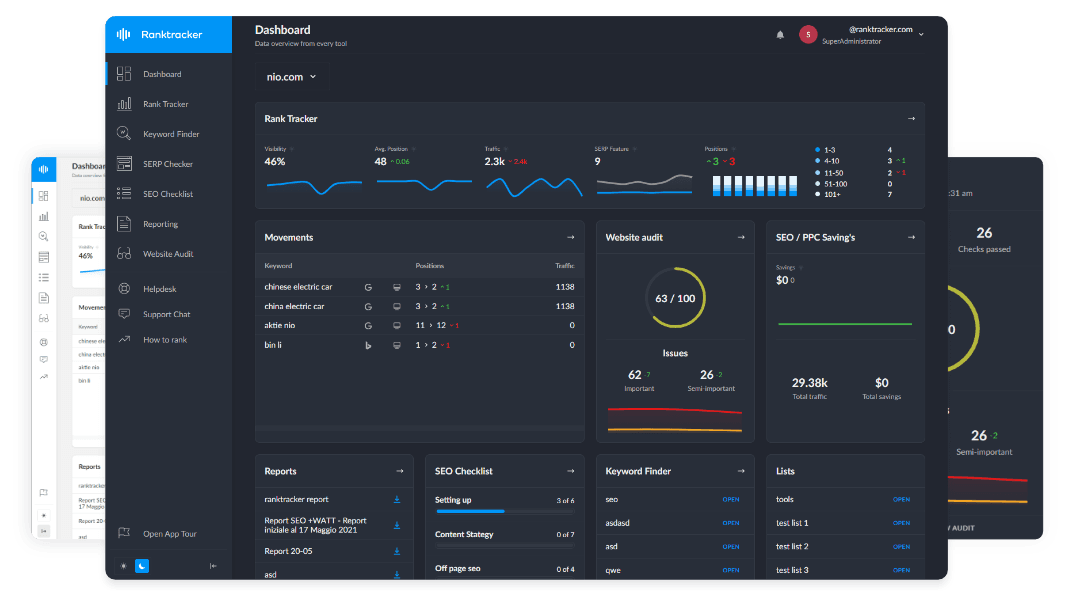Intro
Local SEO is essential for businesses in the Philippines, where Google Philippines (google.com.ph) is the dominant search engine. To improve visibility in Google Maps, local search results, and voice searches, businesses must optimize their Google Business Profile (GBP), local citations, and customer engagement.
Understanding the Local SEO Landscape in the Philippines
The Philippines has a fast-growing digital market, with businesses competing for online visibility. Appearing in Google’s Local Pack (top three map results) requires localized SEO strategies, consistent NAP (Name, Address, Phone Number) details, and high-quality backlinks from Filipino sources.
Key Local SEO Strategies in the Philippines
1. Google Business Profile (GBP) Optimization
A fully optimized Google Business Profile is the foundation of local SEO success. To improve rankings:
- Claim and verify your Google Business Profile (GBP) at google.com/business.
- Ensure NAP consistency across all listings.
- Upload high-quality images and videos.
- Add business hours, categories, and relevant attributes.
- Encourage customer reviews and respond actively.
2. Filipino Business Directories & Local Citations
Listing your business in high-authority Filipino directories strengthens local rankings. Important directories include:
- Philippine Business Directory (philippinecompanies.com)
- Yellow Pages Philippines (yellow-pages.ph)
- BusinessList.ph (businesslist.ph)
- Pinoy Listing (pinoylisting.com)
- JobStreet (jobstreet.com.ph) (for service-based businesses)
Ensuring consistent NAP details across all listings enhances local SEO signals.
3. Customer Reviews & Reputation Management
Customer reviews are a major ranking factor in local search visibility and trust. Best practices include:
- Request reviews on Google, Facebook Philippines, and Yelp.
- Monitor and respond to customer feedback professionally.
- Use review management tools like Trustpilot or RepuGen to build credibility.
- Encourage customers to upload photos with their reviews.
4. Localized Keyword Targeting
Optimizing for Filipino-language and geo-specific keywords improves local relevance. Focus on:
- Including city or region-based keywords (e.g., “Best restaurant in Manila”).
- Optimizing title tags, meta descriptions, and headers for local intent.
- Creating dedicated landing pages for different locations.
- Using Google’s ‘People Also Ask’ and Autocomplete suggestions to find trending Filipino queries.
5. Location-Specific Content Marketing
Developing high-quality, locally relevant content strengthens local authority. Content ideas include:
- City-based service pages
- Local event guides and news
- Success stories and case studies from Filipino clients
- Industry trends and expert advice tailored to Filipino consumers
6. Mobile Optimization & Voice Search Readiness
With mobile searches increasing, businesses must ensure:
- A mobile-friendly website design
- Fast page speeds (test using Google’s PageSpeed Insights)
- Click-to-call and Google Maps integration
- Structured data (Schema markup) for local businesses
- Conversational keyword optimization for voice search (e.g., “Saan ang pinakamalapit na coffee shop?” – “Where is the nearest coffee shop?”)
7. Local Link Building
Earning high-quality local backlinks boosts authority and rankings. Effective strategies include:
- Sponsoring local events or charities
- Partnering with Filipino bloggers and influencers
- Getting featured in local press and business associations
- Submitting guest posts to Filipino industry websites
- Joining industry-specific directories in the Philippines
8. Tracking & Measuring Local SEO Performance
Monitoring local SEO progress ensures continuous optimization. Key performance indicators (KPIs) include:
- Google Business Profile Insights (views, clicks, and actions)
- Local keyword rankings (via Ranktracker or Google Search Console)
- Organic traffic growth & bounce rates (via Google Analytics)
- Review volume & sentiment analysis
- Referral traffic from Filipino directories
Common Local SEO Challenges in the Philippines
1. High Competition in Major Cities
Cities like Manila, Cebu, and Davao have highly competitive search landscapes, requiring stronger content, engagement, and backlinks.
2. Multilingual SEO Considerations
While English and Tagalog are widely spoken, businesses may need to optimize for local dialects like Cebuano and Ilocano for regional reach.
3. Reputation Management on Review Platforms
Platforms like BusinessList.ph and Pinoy Listing influence consumer decisions, making active reputation management essential for businesses.
4. Multi-Location SEO Management
For businesses with multiple locations, maintaining individual GBP listings, unique location pages, and accurate citations is essential for local visibility.
Conclusion
Successful local SEO in the Philippines requires a structured, content-driven, and technically optimized strategy. By implementing Google Business Profile optimization, local citations, reputation management, mobile SEO, and local link-building, businesses can achieve higher visibility, increased local traffic, and improved customer acquisition in Filipino markets.

